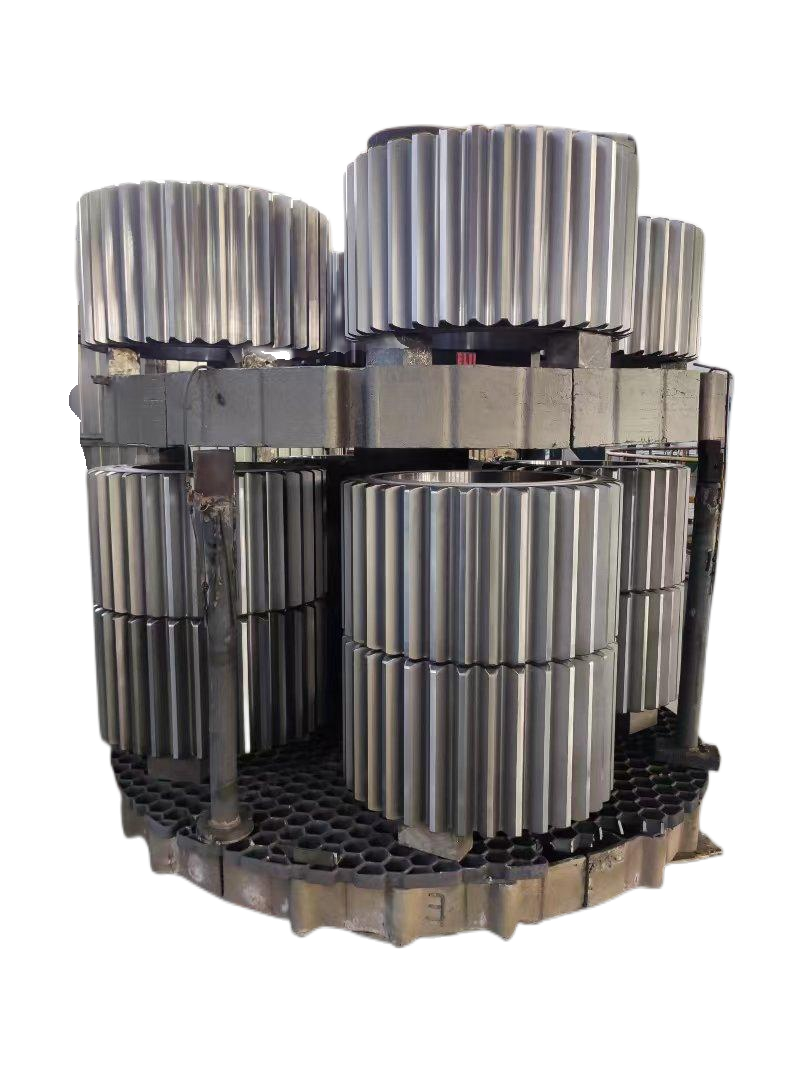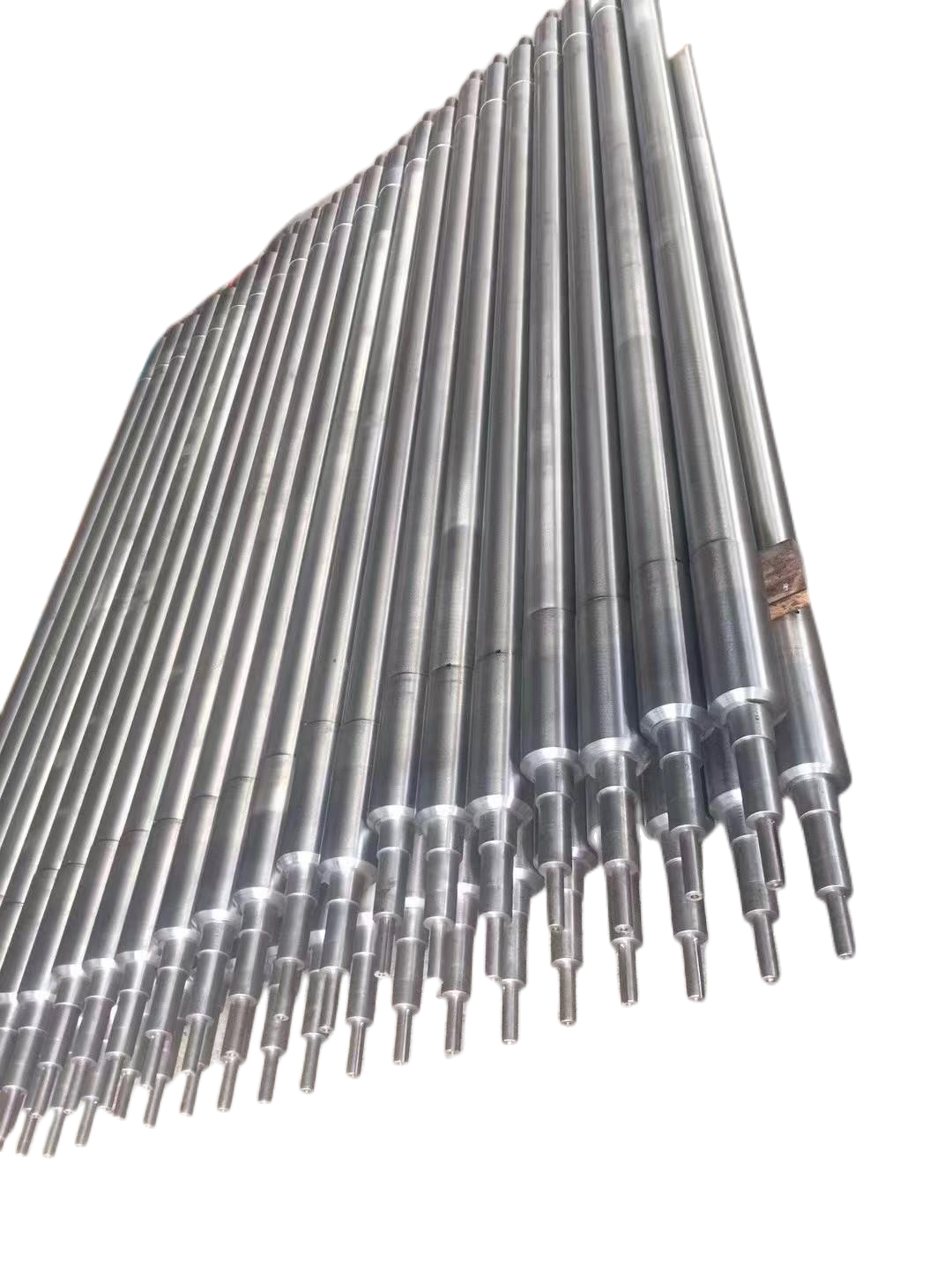Understanding the Financial Impact of Advanced Casting Technologies
The manufacturing industry continues to evolve with innovative technologies that drive efficiency and cost reduction. Among these advancements, precision investment casting has emerged as a game-changing process that revolutionizes how companies approach component production. This sophisticated manufacturing method delivers exceptional quality while significantly reducing operational expenses across various industries.
Modern manufacturers face increasing pressure to optimize their production processes while maintaining superior quality standards. Precision investment casting addresses these challenges by offering a reliable, cost-effective solution that combines accuracy, versatility, and economic efficiency in ways traditional manufacturing methods cannot match.
The Core Benefits of Investment Casting Technology
Material Optimization and Waste Reduction
Precision investment casting stands out for its remarkable ability to minimize material waste. Unlike traditional machining processes that often remove up to 70% of raw material to achieve the desired shape, investment casting produces near-net-shape components that require minimal secondary operations. This efficiency translates to substantial cost savings in raw materials and reduces the environmental impact of manufacturing operations.
The process allows manufacturers to utilize a wide range of alloys efficiently, ensuring optimal material usage while maintaining strict quality standards. The reduced need for extensive machining also means less energy consumption and lower tooling costs, contributing to overall operational savings.
Labor Cost Reduction Through Process Efficiency
The automation potential in precision investment casting significantly reduces labor costs compared to conventional manufacturing methods. Once the initial pattern and mold are created, the process requires minimal human intervention, allowing for consistent production runs with reduced labor overhead. This efficiency is particularly valuable in high-volume production scenarios where labor costs can significantly impact overall manufacturing expenses.
Furthermore, the reduced need for secondary operations means fewer skilled operators are required in the production process. This streamlined approach not only cuts direct labor costs but also minimizes training expenses and reduces the risk of human error in production.

Production Scalability and Cost Advantages
Economies of Scale in Large Production Runs
Precision investment casting shines in its ability to deliver consistent quality across large production runs. Once the initial tooling is established, manufacturers can produce thousands of identical components with minimal variations, spreading the initial setup costs across the entire production run. This scalability makes the process particularly cost-effective for medium to high-volume production requirements.
The process also allows for multiple parts to be cast simultaneously using cluster molding techniques, further enhancing production efficiency and reducing per-unit costs. This capability makes precision investment casting an attractive option for manufacturers looking to optimize their production economics while maintaining high-quality standards.
Reduced Tooling and Equipment Investment
While the initial setup for precision investment casting may require significant investment, the long-term cost benefits far outweigh the upfront expenses. The process requires fewer specialized tools and equipment compared to traditional machining operations, resulting in lower overall capital investment requirements. Additionally, the tools used in investment casting typically have longer service lives, further reducing long-term operational costs.
The versatility of investment casting equipment also means that manufacturers can produce a wide variety of components using the same basic setup, maximizing the return on their equipment investment. This flexibility reduces the need for multiple specialized machines and associated maintenance costs.
Quality Improvements and Cost Reduction Synergy
Minimizing Defects and Rework Expenses
The precision investment casting process delivers exceptional surface finish and dimensional accuracy, significantly reducing the need for costly rework and quality control interventions. The ability to produce complex geometries in a single operation minimizes the risk of defects that often occur in multi-step manufacturing processes. This improved quality control leads to fewer rejected parts and lower quality-related expenses.
Advanced monitoring and control systems in modern investment casting operations allow for real-time quality assurance, enabling early detection and correction of potential issues before they result in costly defects. This proactive approach to quality management helps maintain high production standards while minimizing waste and rework costs.
Enhanced Design Freedom and Integration
Precision investment casting offers unprecedented design freedom, allowing engineers to create complex components that would be costly or impossible to produce using traditional manufacturing methods. This capability enables the integration of multiple parts into single components, reducing assembly costs and improving overall product reliability. The ability to produce near-net-shape parts also minimizes the need for expensive secondary machining operations.
The process accommodates internal passages, undercuts, and complex geometries without the need for additional manufacturing steps, leading to significant cost savings in both production and assembly. This design flexibility also allows for weight optimization and material reduction without compromising structural integrity.
Frequently Asked Questions
What makes precision investment casting more cost-effective than traditional manufacturing methods?
Precision investment casting reduces costs through minimal material waste, decreased labor requirements, fewer secondary operations, and the ability to produce complex parts in a single operation. The process also offers excellent scalability and long-term tooling benefits that contribute to overall cost savings.
How does precision investment casting impact product quality and consistency?
The process ensures superior surface finish, tight dimensional tolerances, and exceptional repeatability across production runs. Advanced monitoring systems and controlled processing conditions result in consistently high-quality components with minimal defects.
What industries benefit most from precision investment casting cost savings?
Aerospace, automotive, medical device manufacturing, and industrial equipment sectors particularly benefit from precision investment casting. These industries require complex, high-precision components where the combination of quality and cost-effectiveness is crucial for competitive advantage.


